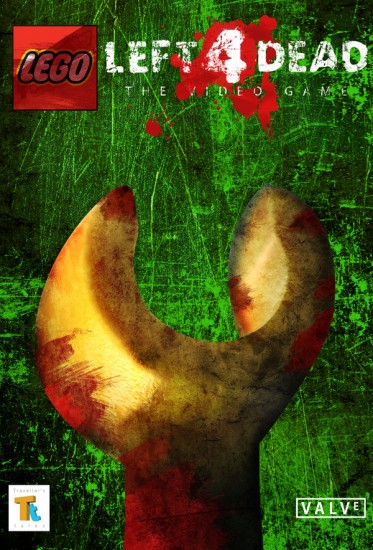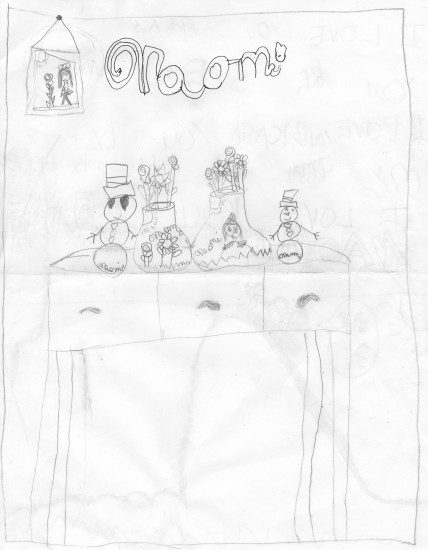“Space,” [The Hitchhiker’s Guide to the Galaxy] says, “is big. Really big. You just won’t believe how vastly, hugely, mindbogglingly big it is. I mean, you may think it’s a long way down the road to the chemist’s, but that’s just peanuts to space, listen …
Inspired by this NASA Web page, and Miss Sarah’s work-related interest in space science (too bad she spent all those years not reading science fiction), we decided to lay out our solar system in a manageable scale, complete with to-scale outlines of each planet.
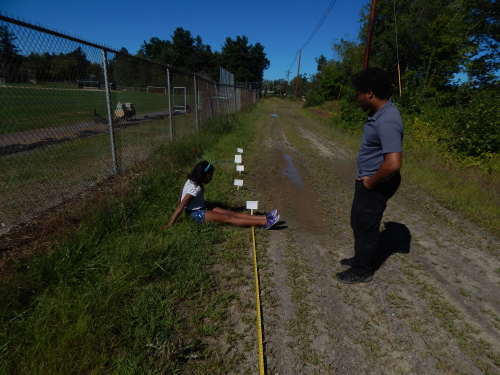
(Naomi plants herself just outside the orbit of Mars.)
Here are the scale sizes and distances, along with the real distances.
| Body |
Diameter (mm) |
Avg. Distance
(yards) |
Distance (in) |
Avg. Distance
in AUs |
km |
miles |
| Sun |
17.00 |
0.0 |
0.0 |
0.0 |
0 |
0 |
| Mercury |
0.06 |
0.8 |
28.8 |
0.4 |
58,000,000 |
35,000,000 |
| Venus |
0.15 |
1.4 |
50.4 |
0.7 |
108,000,000 |
67,000,000 |
| Earth |
0.16 |
2.0 |
72.0 |
1.0 |
150,000,000 |
93,000,000 |
| Mars |
0.08 |
3.0 |
108.0 |
1.5 |
228,000,000 |
142,000,000 |
| (Asteroids) |
0.00 |
4.0 to 8.0 |
144.0 to 288.0 |
2.0 to 4.0 |
450,000,000 |
279,000,000 |
| Jupiter |
1.75 |
10.5 |
378.0 |
5.2 |
778,000,000 |
484,000,000 |
| Saturn |
1.47 |
19.0 |
684.0 |
9.5 |
1,427,000,000 |
887,000,000 |
| Uranus |
0.62 |
38.0 |
1,368.0 |
19.0 |
2,871,000,000 |
1,784,000,000 |
| Neptune |
0.60 |
60.0 |
2,160.0 |
30.0 |
4,498,000,000 |
2,795,000,000 |
| Pluto (avg) |
0.03 |
79.0 |
2,844.0 |
39.5 |
5,906,000,000 |
3,670,000,000 |
| Voyager 1* |
See http://voyager.jpl.nasa.gov/where/ |
138.4 |
20,707,634,708 |
12,867,127,667 |
| Voyager 2* |
for current locations of Voyager 1 and Voyager 2. |
114.2 |
17,089,103,421 |
10,618,676,567 |
*Distances of Voyager 1 and 2 are as of May 2, 2017.
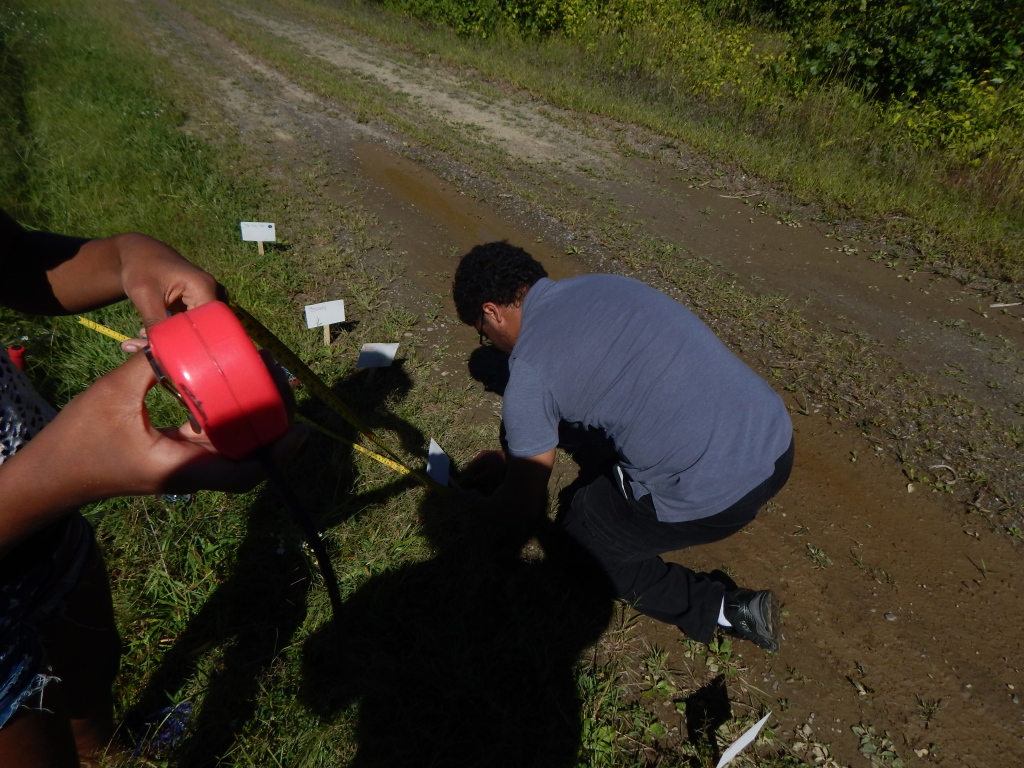
Isaac and Naomi lay out the inner planets.
I’ve made a Google Sheets spreadsheet with this data publicly available, here.
You can also grab and print this Acrobat/PDF file which has the sun and planets to the same scale as the planetary distances: planets_to_scale.pdf. At this scale, the sun is only 17 mm in diameter, Jupiter is tiny, and the inner planets are nearly invisible.
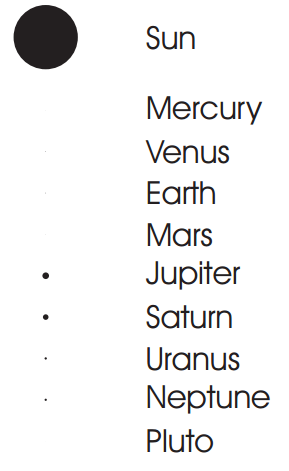

(“It’s cold outside, there’s no kind of atmosphere, I’m all alone, more or less …”)
Now, are you ready to have your mind blown?
Our nearest neighboring star is a binary star, Alpha Centauri. It would be, if we could see it from the northern hemisphere. It’s about 4.3 light years (271,930.8 AUs; 25,277,549,200,000 miles; 40,680,272,100,000 km) away.
At the scales we’re dealing with, how far away do you think Alpha Centauri would be?
Think carefully. When you’re sure, follow this link for the answer.
Space … is … big.





















